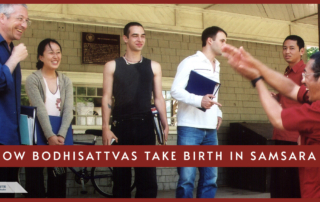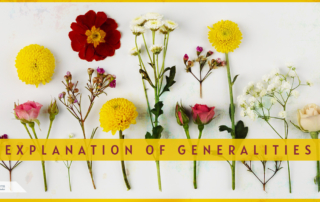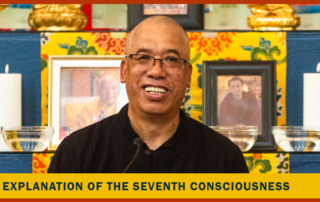What is Analytical Meditation ?
Manifest & Hidden Phenomena Sign up and receive the detailed instruction on Analytical Meditation: Taming the Mind by Dzogchen Ponlop Rinpoche. What is analytical meditation? The first step in a session of analytical meditation thus is the proper attitude and motivation. The second step is to sit in the correct posture. For analytical meditation, the physical posture is straightforward. Simply sit with crossed legs, keeping your back as straight as possible while at the same time staying relaxed. The upper part of the body should feel light, while the lower part of the body should feel more weighty and stable. After taking our seat with good meditation


